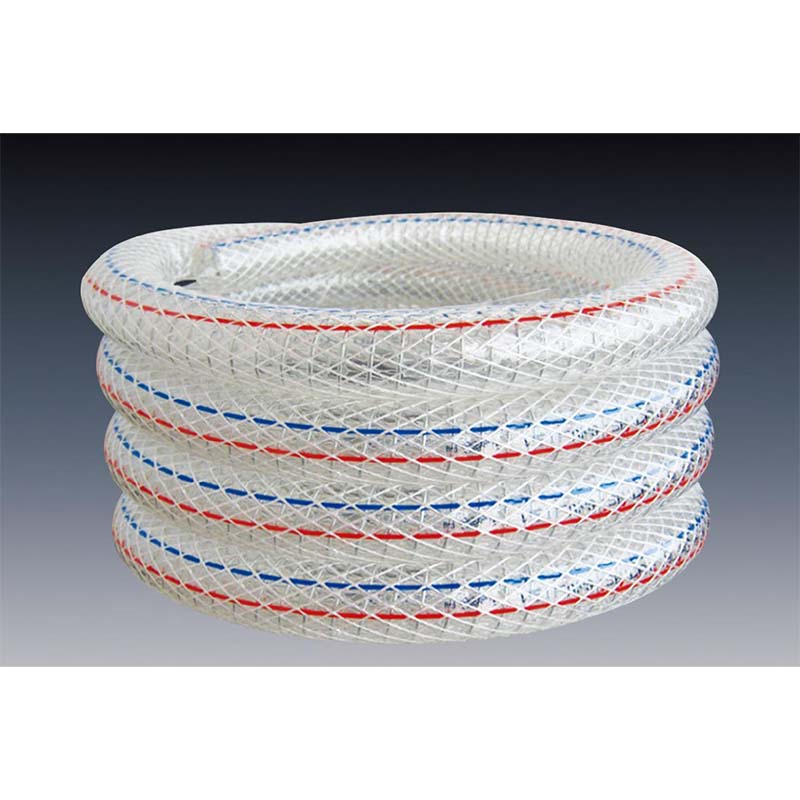lpg hose with regulator
Understanding LPG Hose and Regulator Essential Components for Safe and Efficient Gas Supply
Liquefied petroleum gas (LPG) is a vital energy source used in various applications, from heating and cooking to fueling vehicles. To ensure safe and efficient usage of LPG, a proper understanding of the components involved in its supply system is crucial. Among these components, the LPG hose and regulator play pivotal roles. This article delves into the importance of LPG hoses and regulators, their functionality, and key considerations for safe operation.
What is an LPG Hose?
An LPG hose is a specially designed tube used to transport liquefied petroleum gas from a storage cylinder or tank to a gas appliance or burner. These hoses are typically made from durable materials resistant to the corrosive nature of gases and capable of withstanding high pressure. The most common material for LPG hoses is rubber, often reinforced with textiles to provide additional strength and durability.
The design and construction of LPG hoses are engineered to prevent leaks, which can pose serious risks, including fire hazards and health concerns
. Over time, the hose can become worn or damaged, making regular inspections essential.Role of the Regulator
An LPG regulator is a critical device that controls the flow of gas from the storage tank or cylinder to the appliance. Its primary function is to reduce the high pressure of gas from the cylinder to a lower, manageable pressure suitable for use. Without a regulator, the pressure from the LPG cylinder could be too high, leading to potential hazards and equipment malfunction.
Regulators come in various types, suitable for different applications. Some are adjustable, allowing users to modify the output pressure, while others are preset to deliver a specific pressure. Understanding the type of regulator needed for specific appliances is crucial to ensure safe operation.
lpg hose with regulator

Importance of Quality and Safety Standards
When it comes to LPG hoses and regulators, adhering to safety standards is paramount. Each component should meet recognized industry standards and certifications, which typically include rigorous testing for pressure tolerance and leak resistance. High-quality hoses and regulators not only ensure safety but also enhance the longevity of the entire gas supply system.
Additionally, professionals in the field recommend regular maintenance and replacement of LPG hoses and regulators. A hose should be inspected at least once a year for wear and tear, and any signs of cracking, brittleness, or other damage should prompt immediate replacement. Similarly, regulators should be checked periodically to ensure they are functioning correctly.
Installation and Use Considerations
Proper installation of LPG hoses and regulators is critical for safety. It is advisable to have these components installed by certified professionals who understand the intricacies of gas systems. Incorrect installation can lead to leaks, which may go unnoticed until a hazard occurs.
Moreover, users should be educated about safe practices when using LPG appliances. This includes knowing how to recognize the smell of gas (often described as a rotten egg odor), understanding how to shut off the gas supply in an emergency, and regularly checking for leaks using soapy water.
Conclusion
In conclusion, LPG hoses and regulators are essential components of any LPG system, playing crucial roles in ensuring safety and efficiency. Their proper selection, installation, and maintenance are vital to preventing gas leaks and other hazards. As the demand for LPG continues to grow, so does the importance of using high-quality components that adhere to safety standards. By understanding the functions and significance of LPG hoses and regulators, users can help ensure a safe and efficient gas supply system that meets their energy needs reliably. Whether for residential, commercial, or industrial use, prioritizing safety and quality is the key to harnessing the benefits of liquefied petroleum gas.
-
Welded Wire Mesh Panel: Durable, Versatile, and AffordableNewsJul.28,2025
-
Top Quality Oxy Acetylene Hoses for Sale Fit for Welding DemandsNewsJul.28,2025
-
The Future of Pneumatic Air Tubes in IndustryNewsJul.28,2025
-
Superior and Reliable LPG Hose Pipe Solutions for Every NeedNewsJul.28,2025
-
Exceptionally Durable and Versatile Premium Braided PVC TubingNewsJul.28,2025
-
Best Adapters for Connecting Garden Hose to PVC Pipe ConnectionsNewsJul.28,2025














